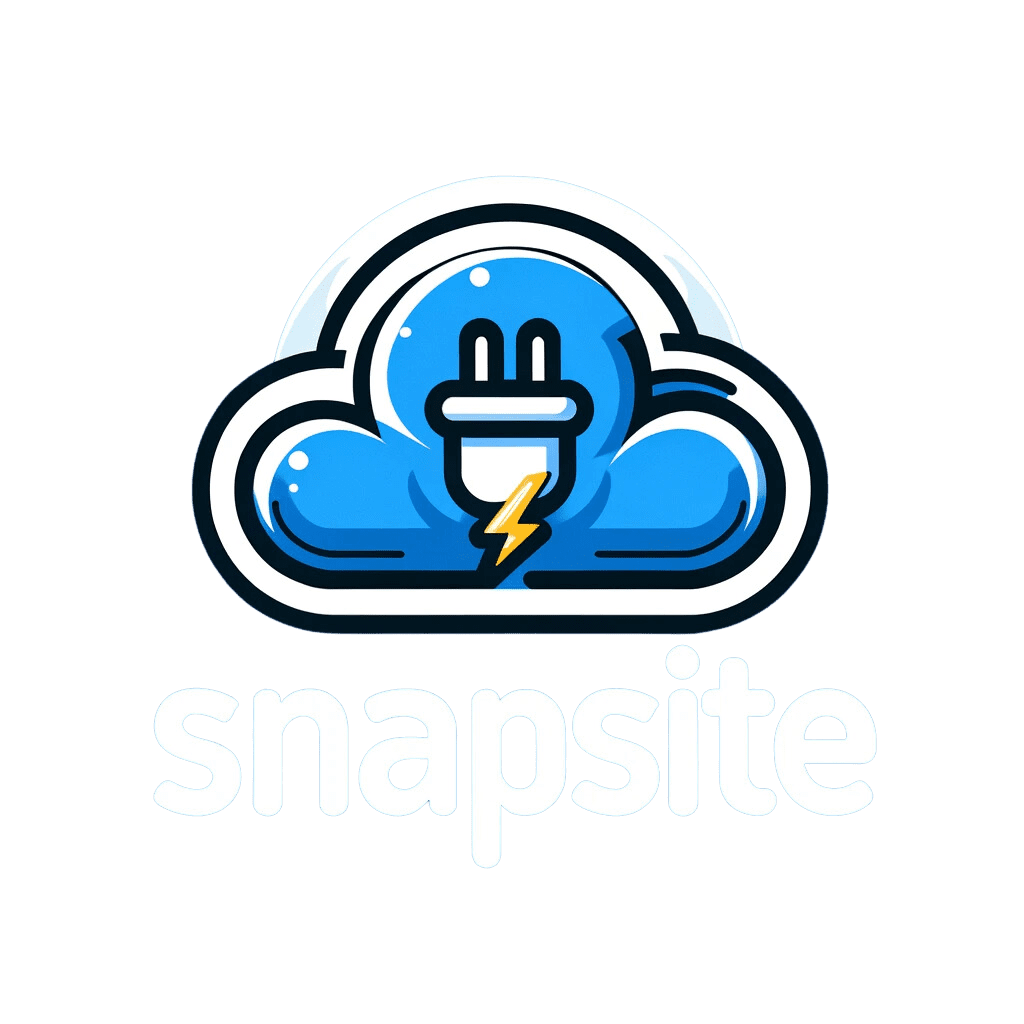With billions of online searches a day, ranking higher on Google is a priority for businesses and content creators alike. The process, however, might feel like a convoluted algorithmic puzzle that only Google’s engineers can solve accurately. However, with the right tactics, understanding of SEO, and some consistency, you can also propel your website up to Google’s first page and enjoy a mammoth share of web traffic.
Table of Contents:
1. [Understanding Google’s Algorithm](#Understanding-Googles-Algorithm)
2. [Keyword Research](#Keyword-Research)
3. [SEO-friendly Content](#SEO-friendly-Content)
4. [Website Optimisation](#Website-Optimisation)
5. [Backlink Building](#Backlink-Building)
6. [Ongoing Monitoring](#Ongoing-Monitoring)
## Understanding Google’s Algorithm {#Understanding-Googles-Algorithm}
Google’s search engine uses a complex algorithm to determine the ranking of pages. While the specifics of the algorithm remain Google’s secret, the company has disclosed that it considers over 200 factors when ranking pages. These include backlinks, keyword density, freshness of content, and the amount of time visitors spend on your website.
## Keyword Research {#Keyword-Research}
This is the foundation of SEO. By understanding what keywords or phrases your target audience uses when searching for services, products, or content you provide, you can align your website to these terms. Tools like Google Keyword Planner or SEMrush help identify the volume, competition, and relevance of your target keywords. Be sure to focus on long-tail keywords (phrases with three or more words), which are less competitive and cater to more specific search queries.
## SEO-friendly Content {#SEO-friendly-Content}
Content is the fuel that drives your digital marketing campaigns. To rank higher on Google, your content not only needs to be valuable, current, and high quality, but also SEO-friendly. This means it should contain your relevant keyword(s) in the right density, have internal and external links, proper header tags, and a compelling meta description.
## Website Optimisation {#Website-Optimisation}
Website optimisation or on-page SEO involves tweaking parts of your website so search engines can understand the content. This can include:
1. Optimising your website’s structure to make it easily navigable.
2. Adding alt text to all your images to improve accessibility and help crawlers understand them.
3. Improving your site’s speed since Google prioritises fast-loading pages.
4. Making your website mobile-friendly as more users access the internet via smartphones and Google favours mobile-optimised sites.
## Backlink Building {#Backlink-Building}
Backlinks, incoming hyperlinks from one web page to another, are one of the key factors Google uses to rank websites. They enhance the credibility of your website. You can earn backlinks by creating valuable content, collaborating with influencers, and promoting your content on social media platforms.
## Ongoing Monitoring {#Ongoing-Monitoring}
SEO is not a one-time effort. Google’s algorithms are constantly changing, so you need to keep monitoring your website position and make necessary changes. Tools such as Google Analytics, Google Search Console, or Moz can provide valuable insight into your website’s performance and areas needing improvement.
In conclusion, ranking higher on Google not only requires excellent content and SEO optimisation strategies, but also a continuous effort to keep abreast with the ever-evolving Google algorithms.
FAQs
**Q1: How long does it take to rank on the first page of Google?**
A: It is not possible to give a specific timeline as Google uses over 200 factors to rank pages. However, with consistent effort, quality content, and solid SEO strategies, it is very possible to see improvements in ranking over time.
**Q2: Can I pay Google to rank higher?**
A: Google’s organic rankings are based on merit, not payment. However, Google offers advertising services through Google Ads wherein you can pay for ads to appear near search results.
**Q3: How often does Google update its algorithm?**
A: Google updates its search algorithm hundreds of times per year. Most of these updates are minor, but occasionally, they release major algorithmic updates that can significantly impact search rankings.
**Q4: How many times should I use my keyword in my content?**
A: There is not an exact number, but it’s recommended that the keyword appear between 1-2% of the total word count. Remember, Google may penalize you for “keyword stuffing,” so it’s crucial to maintain a natural and relevant usage of keywords.
Your featured image: A picture of a magnifying glass over a Google search bar, with the title text “How to Rank Higher on Google: A Comprehensive Guide”.
